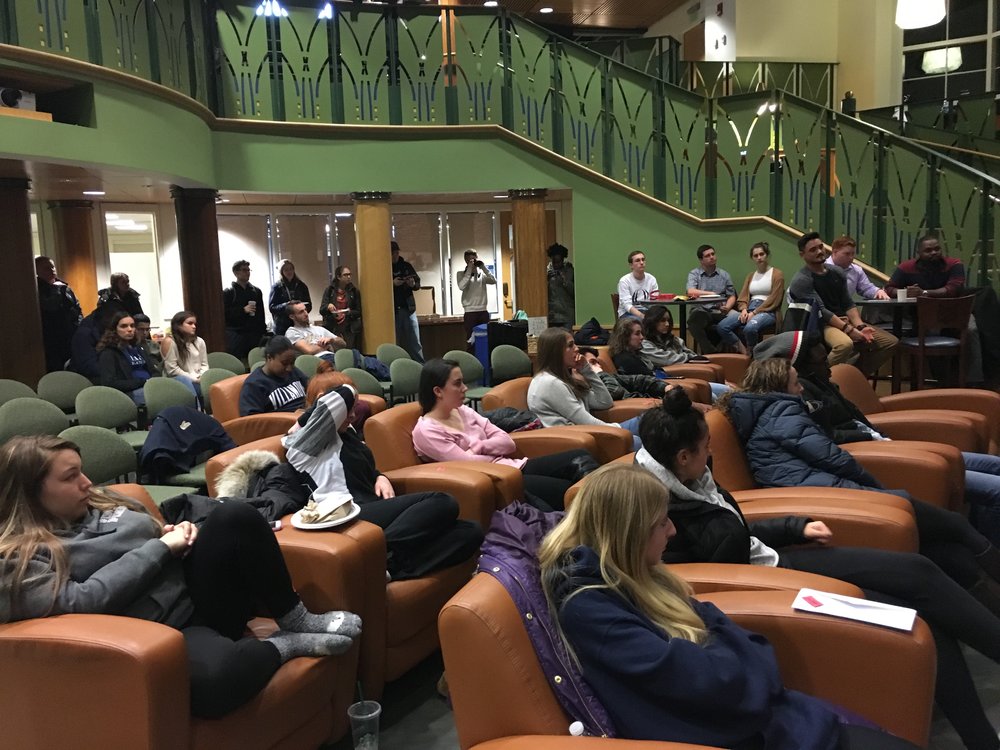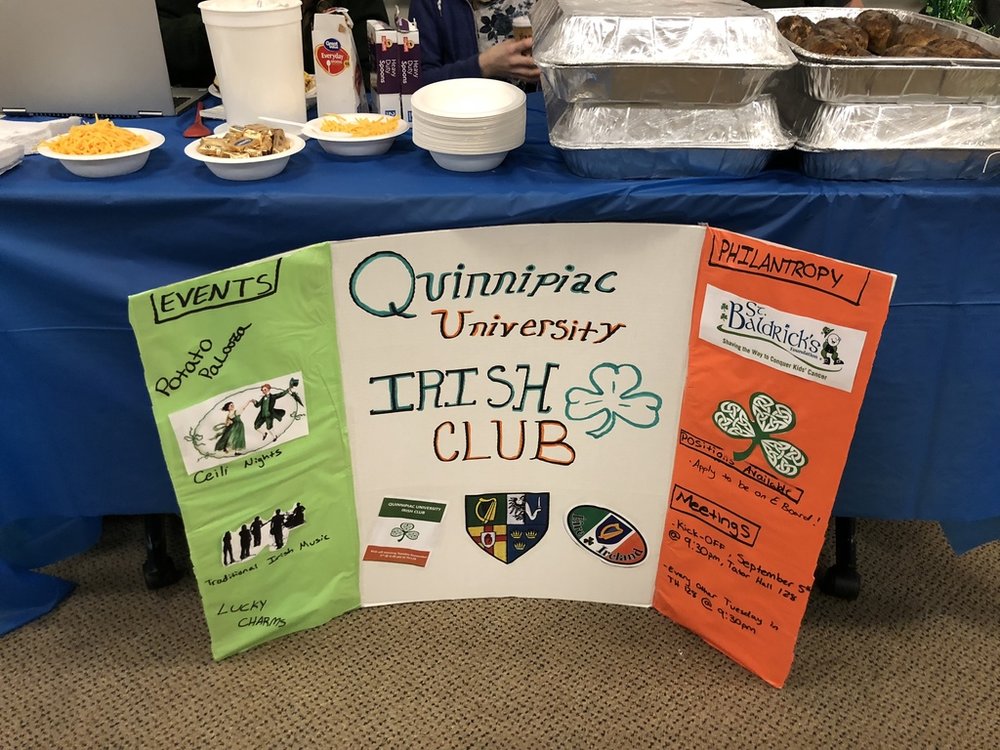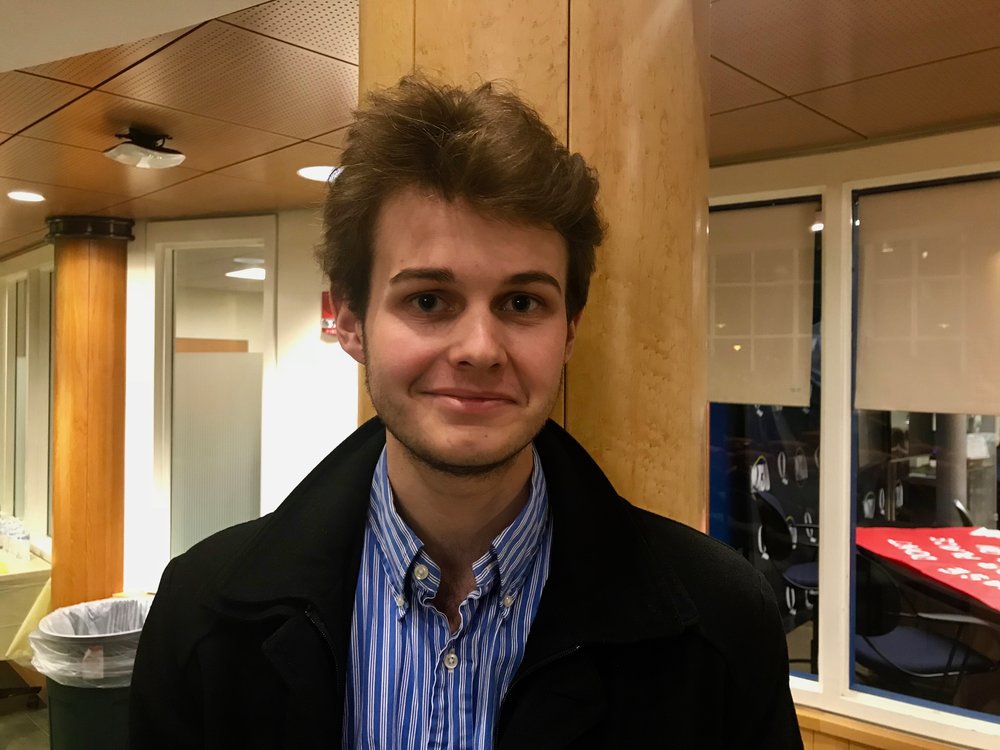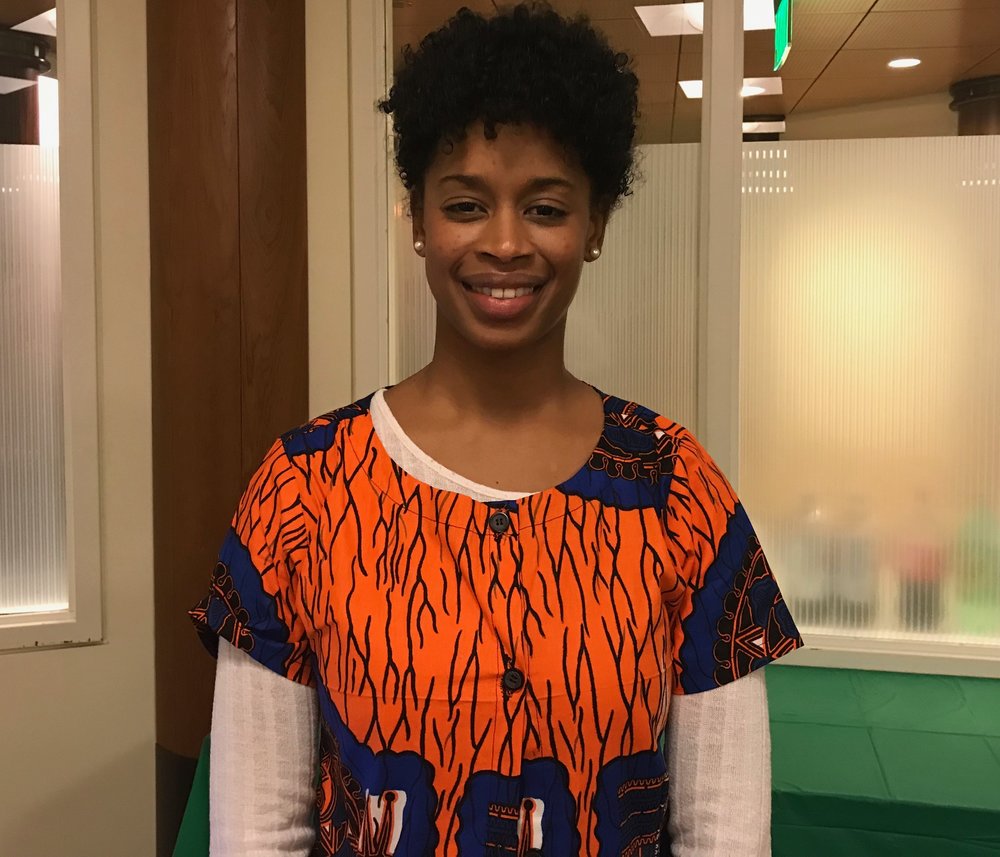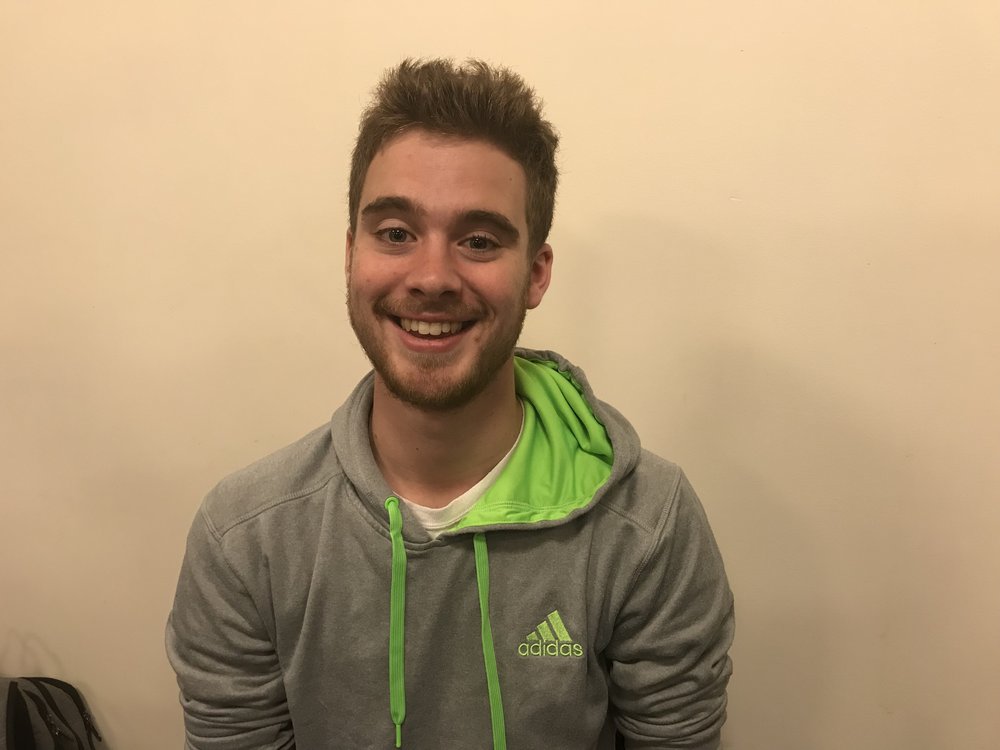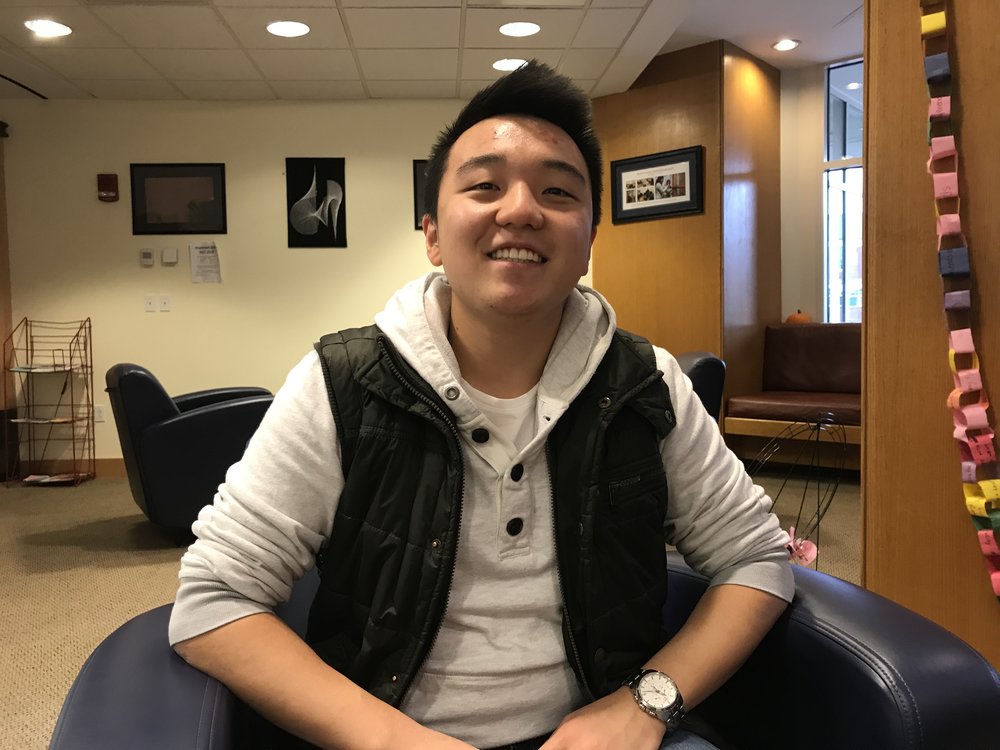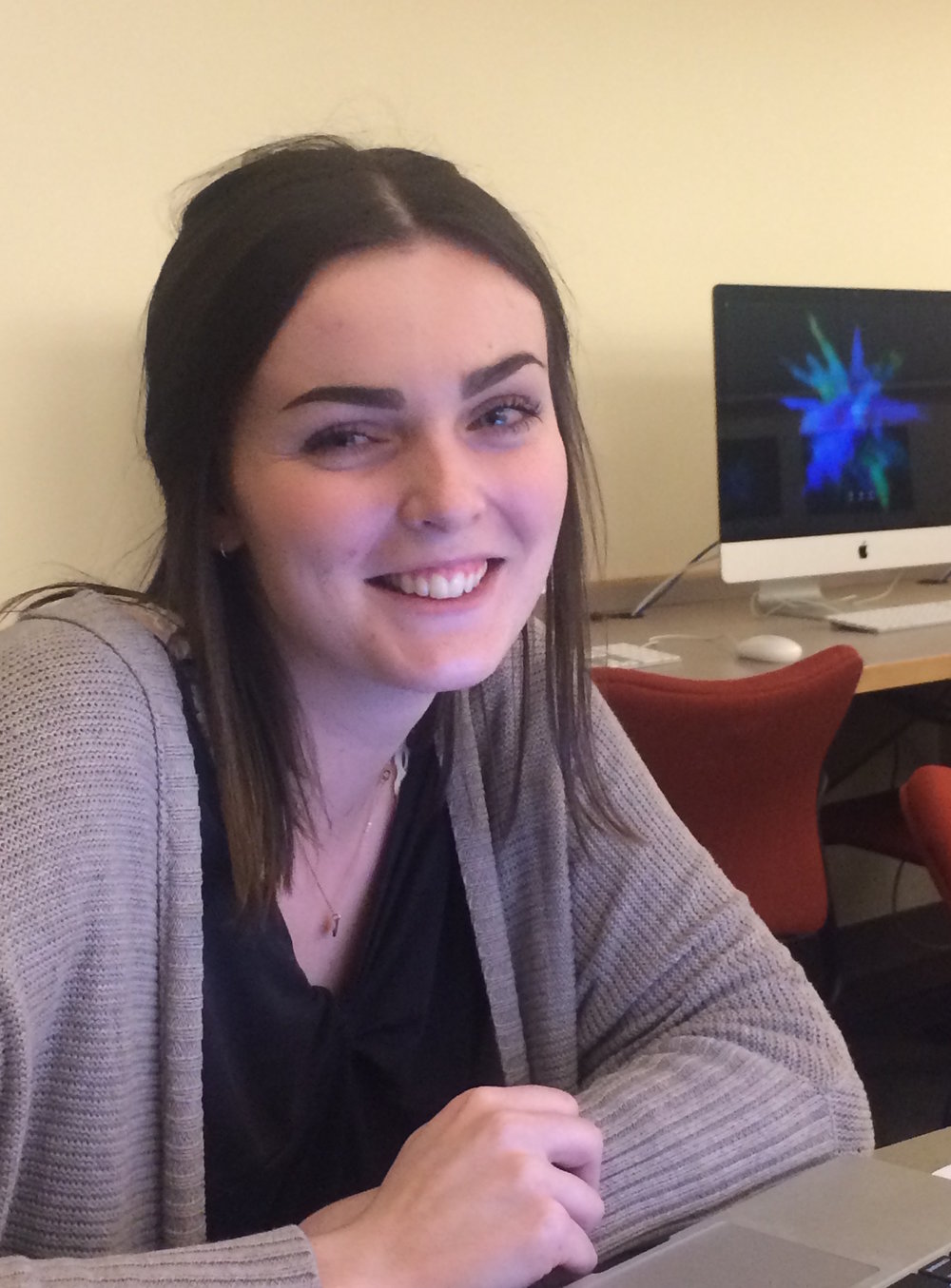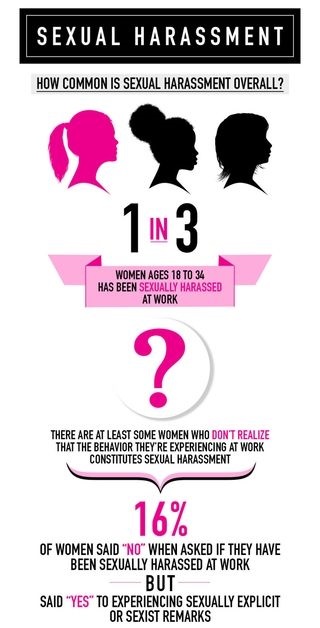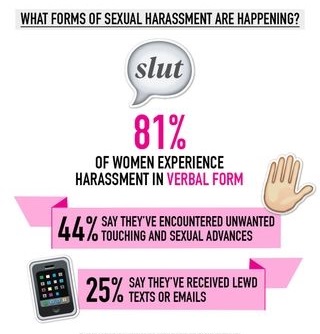By Conor Roche
Quinnipiac volleyball player Jamie Termotto is one of nearly 200,000 female collegiate student-athletes in the country today.
Termotto’s athletic career would not have been possible had she been born in the 1960s or earlier. In the 1971-72 academic year, roughly 30,000 women competed in intercollegiate athletics. Title IX changed that even though the federal legislation that created it doesn’t even mention sports.
Title IX was created to ensure that any institution that receives financial assistance from the federal government must give opportunities to all sexes. And, as the last 45 years have gone by, more and more girls have participated in high school sports, like Termotto.
When Title IX was implemented in 1972, it had nothing to do with sports. But, luckily for Termotto, there has been a correlation between the two, and she is thankful for that.
“Sports has been a huge part of my life since I was little and just having the opportunity to participate equally has been really important, too,” Termotto said. “…My grandma works for a university at home, and I started watching volleyball when I was five-years-old. She would take me to the games and just seeing strong women go out there and perform inspired me to do the same. And I have a bunch of strong women in my life that have enforced it and told me to do whatever I wanted.”
The 2016-17 academic year showed the largest one-year increase in girls participation in 16 years as 75,971 more girls participated in sports than the year prior, according to the annual high school sports participation survey conducted by the State High School Associations.
This year’s survey also showed a 1,056 percent increase in girls participation from the 1971-1972 academic year, the last academic year before Title IX became law. In that year, there were 294,015 girls participated in sports. This past academic year had 3.4 million girls participated in sports.
NFHS Executive Director Bob Gardner knows the importance that Title IX played in this increase.
“As we celebrate the 45th anniversary of Title IX this year, this report on girls participation numbers underscores the significance of that important decision in 1972,” Gardner said in a press release. “It is great to see an ever-increasing number of girls taking advantage of that opportunity to compete in high school sports.”
In that final year before Title IX, girls consisted of 7.4 percent of high school athletes. In 2016-17, they made up 42.7 percent of high school athletes.
Phillip Cunningham, who is a professor at Quinnipiac University and is the co-director of the school’s sports studies minor, says that Title IX and girls’ growing interest in sports both played a significant role in the increase in number of female high school athletes.
“I think the stigma about women and girls playing sports has largely gone away,” Cunningham said. “I know far more female athletes than ever before. I think about people I grew up with and how stigmatized it was for them to play sports. Now 20, 30 years later their children play sports with no qualms whatsoever.”
https://infogram.com/number-of-girls-playing-high-school-sports-1gq3plndvw06m1g
In Connecticut, where 50,350 girls played sports in 2016-17, girls made up 45.5 percent of high school athletes.
The most popular girls’ sport in Connecticut is soccer. Brian Matthews, whose daughter plays soccer for Cheshire High School, said that the United States women’s soccer team is a reason why girls get into the game.
Cheshire is a suburban, middle class town in southern Connecticut with a population of nearly 30,000. Some 89 percent of the population is white.
“You go to [the United States women’s soccer] games and it’s all young people,” Matthews said. “It’s all young people. It’s all girls that are looking up to these women. They’re huge role models, for sure. You go to a men’s game and yeah there’s some kids there and stuff, but it’s not the same atmosphere. And I think [women’s players] know it. If you watch any interviews with them, they know that they’re role models for girls that are getting into soccer.
At Hamden High School, there are actually more girls programs than boys programs. Hamden offers 13 teams for girls and only 11 teams for boys even though 52 percent of the student body is made up of boys.
Hamden is a town west of Cheshire, but is more urban with minorities making up roughly 32 percent of its 60,000 population.
Hamden High School Athletic Director Tom Dyer, who is in his fifth year in the position, has seen the nationwide trend come into effect in his athletics programs too.
“You see spikes generally in certain sports like girl’s lacrosse where the numbers are starting to go up,” Dyer said. “Certain sports like softball the numbers are going down. That’s not just at Hamden High, that’s across the state. Maybe in the northeast that is happening a lot. Every sport goes through its ebb and flows. You have a decreased number of kids coming out for football…We have a bunch of kids going out for track.”
Even though Dyer says that the school does its best to make sure it’s balanced, the handbook for Hamden athletics doesn’t have any mentions of Title IX.
“I…I took some of the handbook actually from other handbooks,” Dyer said. “I haven’t seen any handbooks that mention title IX. It’s no disregard to the law. It’s something I’m firmly aware of and firmly support. We just…it’s covers some already. To list everything, it could be 150 pages that book.”
But, if anyone does have any Title IX issues with Hamden athletics, Dyer wants to know about them.
“We don’t list Title IX, but if there’s issues or concerns they could most certainly come talk to me,” Dyer said. “Any parent or student-athlete could talk at any time.”
Adrian Wood is the State Title IX Coordinator for Connecticut. As the state’s Title IX coordinator, Wood assists those in local districts with the investigation of Title IX complaints and how to handle Title IX complaints. He said he doesn’t believe that it’s easy to tell if there’s a Title IX issue when it comes to sports. He also recommends that if you do have a Title IX complaint, file it to your district’s coordinator.
“There’s a variety of different things when you’re looking at sports,” Wood said. “You could be looking to determine whether or not there’s gender equity in regards to the sport offerings. For example, are you offering the same number of sports for males that you are females. You also have to look at it from the standpoint of facilities and make sure that the facilities are equitable.”
The calculation of compliance is more complicated than it seems, according to Wood.
“You have to look at all of the sport offerings to make a determination if that are an equal amount of sport offering for those individuals or those not an equal amount of sport offerings,” Wood said. “You have to look at the aggregate of the sport offerings to determine whether or not there’s some disproportionality to the types of offerings.”
Dyer is also the head coach of the varsity football team at Hamden High and that may lead to questions as to whether the team receives special treatment. But he wants to let everyone in the athletics department know he’s not giving preferential treatment, as his football team was the last team in the department to get new uniforms.
“The biggest thing is having transparency with your coaches, your student athletes and things like that and making sure that everyone has what they need,” Dyer said. “That’s the thing, if I’m sitting there as a football coach and bought everything for my football team but the girls soccer team didn’t have everything thing they needed, that’d be an issue. And we work very hard at making sure our coaches and student athletes get what they request and what they need to be successful.”
Quinnipiac University has had a troubled history with Title IX.

The Quinnipiac volleyball team was at the center of a Title IX lawsuit when the school announced it would cut the program in 2009
In 2009, the university cut its women’s volleyball team, along with the men’s golf team and the men’s indoor and outdoor track teams amid the financial downturn. The volleyball team’s head coach, Robin Sparks, and several players filed a Title IX lawsuit against the school, claiming that the school had failed to have an equal number of sports teams in proportion to the number of females on campus. The American Civil Liberties Union supported the lawsuit. The suit also asserted that the school had failed to provide equal scholarships, facilities and equipment among other elements to its female teams in relation to its male teams.
“Title IX protects a student’s university activities including athletics, academic, campus and residential life programs and all aspects of employment,” Terri Johnson, Quinnipiac’s Title IX coordinator, said in an email interview. “In athletics, this includes equitable allocation of athletic participation opportunities, scholarships and benefits.”
Johnson also listed what Title IX requires schools to provide in terms of equitable benefits to male and female athletes. This list includes equipment (supplies and uniforms), scheduling of games and practice times, transportation and travel, access to coaching and tutoring and assignment and compensation of coaches.
The list also includes equitable medical and training services, publicity and sports information, recruiting costs and support services.
After hearing testimony in the case, U.S. District Court Judge Stefan Underhill ruled Quinnipiac violated Title IX because it sought to use competitive cheer as an instrument to move roster numbers in line with the university’s student body gender ratio.
Quinnipiac has roughly twice as many female students than male students, meaning that there must be twice as many women’s programs than men’s programs in the athletic department.
After four years of legal battles, the sides reached a settlement approved by the judge in April 2013 called the Consent Decree. The details of the settlement included an increased amount of scholarships for six women’s teams, additional coaches for women’s cross country and track and field and increased salaries for coaches of women’s teams that are no less than the median salaries of the coaches of the same sport in its conference.
The lawsuit also called for $5 million in upgrades for facilities used by the school’s women’s teams. It also required that the school provide a superior practice and competition facility dedicated to the field hockey team, which opened in August 2017. Prior to the construction of the stadium, the field hockey team shared a field with the men’s and women’s lacrosse teams. The university constructed a second stadium next to the field hockey facility to host men’s and women’s soccer and men’s and women’s lacrosse teams. A second stadium was also built simultaneously next to the field hockey stadium for the men’s and women’s soccer teams and the men’s and women’s lacrosse teams.
The settlement also states that the school must build an indoor track and field facility for practice and competition events that meets the NCAA’s standards for hosting indoor meets. As of October 2017, plans for the field house have yet to be approved.
The resolution of the lawsuit saved the women’s volleyball team, which continued to play after the coach at the time filed the lawsuit.
The school’s athletic department declined to comment on the story, but released the Consent Decree and Class Notice documents, which are public records.
The Quinnipiac student population has roughly twice as many women than men, meaning that the school must have twice as many women’s teams than men’s teams. And it does, as there are 14 women’s programs and seven men’s programs.
Cunningham believes that this case shows how some schools may value men’s programs more than women’s programs.
“I think one of the things that’s happening everywhere is that there’s still an overemphasis on the success of men’s sports,” Cunningham said. “It’s not so much a problem [at Quinnipiac] but if you look at larger universities, Title IX issues always bump up, hence first against football programs. And it forces universities to mitigate those two things.”
Quinnipiac faced some more controversy in 2016 when the school’s president, John L. Lahey, distributed a letter to the university community for congratulating the men’s ice hockey team for making it to the NCAA National Championship Game, even though the team lost. When the women’s rugby team won the national championship in November 2015, Lahey was silent.
Cunningham believes that this is an example of the school failing to promote the success of the women’s teams.
“One of the chief complaints for our women athletes that I think still remains is that we don’t communicate very well what they’re doing,” Cunningham said. “There’s still that imbalance even here. So, I think as the opportunities increase here and we provide them with facilities and the like, we still need to pay them a lot more attention. We need to broadcast their success. We have really strong teams here.”

